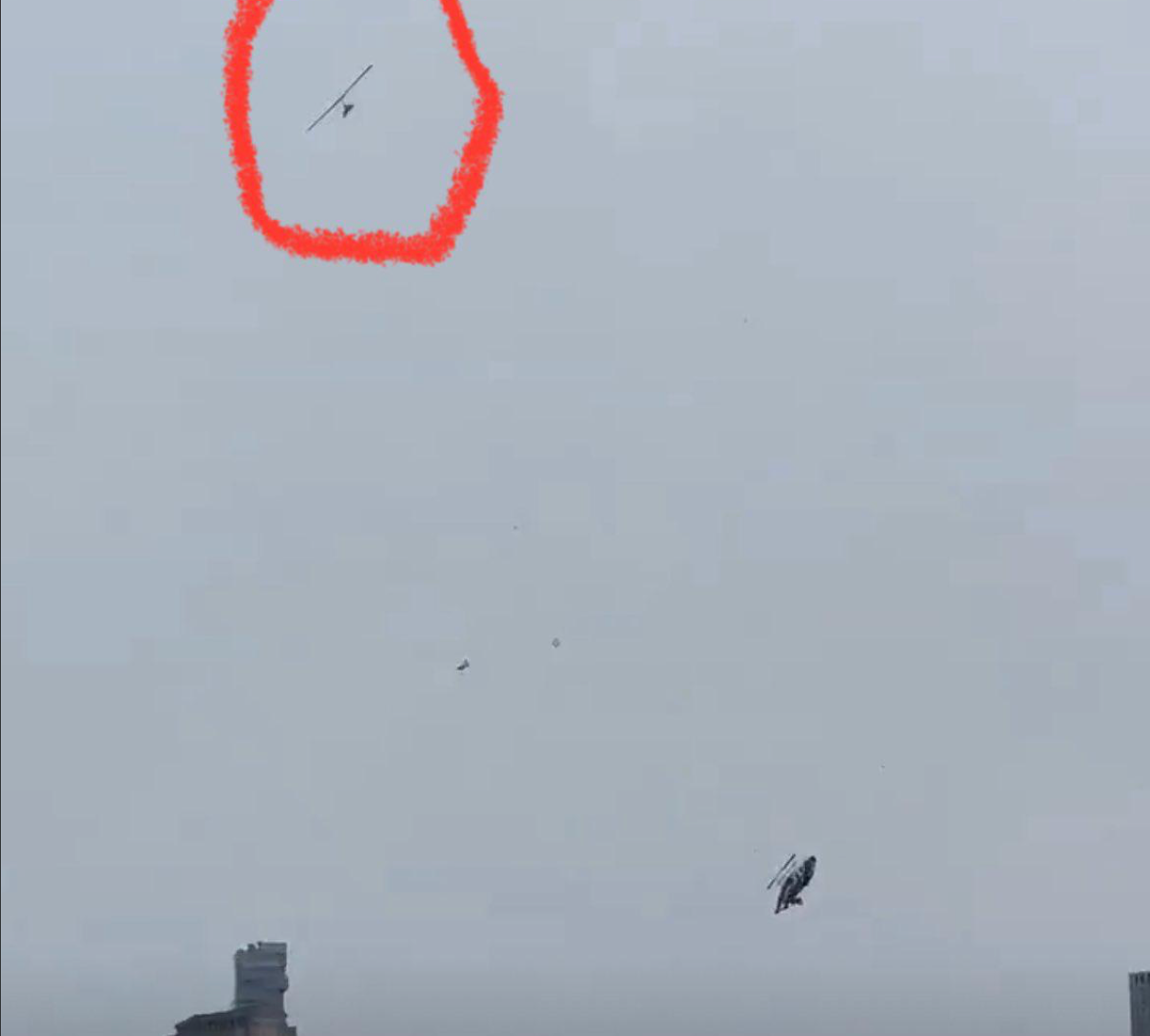General Aviation Accident Bulletin, June 27, 2022
AVweb’s General Aviation Accident Bulletin is taken from the pages of our sister publication, Aviation Safety magazine. All the reports listed here are preliminary and include only initial factual findings…

Aviation Safety Accident Bulletin
AVweb's General Aviation Accident Bulletin is taken from the pages of our sister publication, Aviation Safety magazine. All the reports listed here are preliminary and include only initial factual findings about crashes. You can learn more about the final probable cause on the NTSB's website at www.ntsb.gov. Final reports appear about a year after the accident, although some take longer. Find out more about Aviation Safety at www.aviationsafetymagazine.com.
March 12, 2022, Heavener, Okla.
Beechcraft A36 Bonanza
The airplane was substantially damaged in an off-field landing following engine failure at about 1245 Central time. The pilot and passengers were not injured. Visual conditions prevailed.
After beginning his descent to the destination airport, he noticed a dramatic drop in oil pressure. He began to search for alternate airports since his destination was not reachable and the terrain was mountainous. He turned west in an attempt to reach a nearby airport but oil pressure dropped to zero and the engine seized. The pilot executed a forced landing to a field. During the landing, the airplane struck fences and livestock feeding troughs.
March 17, 2022, Pond Creek, Okla.
Piper PA-30 Twin Comanche
At about 1638 Central time, the airplane was destroyed in an inflight breakup. The pilot and two passengers were fatally injured. Visual conditions prevailed.
Radar and ADS-B data indicate the airplane tracked north at 8500 feet MSL and then later climbed to 16,500 feet. It turned east momentarily, then west and back to the north while descending. Groundspeed decreased from over 200 knots to under 100. A witness reported hearing what sounded like engines revving. He looked up and saw the airplane come straight down in a right-hand, nose-down spin.
The main wreckage came to rest inverted and showed evidence of a near-vertical impact. Both wings were broken about five feet outboard of the nacelles. The broken sections showed upward bending, aft twisting, and fractures consistent with overload failures. Outboard sections of the left and right wings, and outboard tip tanks, were located about 600 feet to the south-southeast.
March 24, 2022, Washington, Utah
Piper PA-32R-300 Cherokee Lance
The airplane was substantially damaged at about 1350 Mountain time when it was landed off-airport following engine failure. The pilot and passenger were seriously injured. Visual conditions prevailed.
While on approach to land, the engine lost power. Despite several attempts, the pilot was unsuccessful at restarting the engine. He lowered the flaps to try and gain lift and soon realized he was not going to make the runway. The airplane impacted rough desert terrain and slid about 100 feet before coming to a stop, damaging the wings, fuselage and landing gear. Evidence of fuel was identified in both main wing tanks.
March 25, 2022, Winder, GA
Cessna 172P Skyhawk
The airplane was destroyed at about 1048 Eastern time after an apparent flight-control system failure. The flight instructor and student pilot were seriously injured. Visual conditions prevailed.
While on final approach after several circuits in the traffic pattern at a nearby airport, the student pilot turned the yoke to the right “and felt it give as if a cable had become detached.” The flight instructor took control of the airplane and experienced the same effects; the yoke could be turned in a “complete circle with no response” from the airplane. The airplane veered to the right and descended into trees. A post-impact fire consumed the fuselage and wings.
March 27, 2022, Sparta, Tenn.
Cessna 172F Skyhawk
At about 1130 Central time, the airplane was substantially damaged when its landing gear failed at liftoff. The student pilot and flight instructor were not injured. Visual conditions prevailed.
During a go-around maneuver, they heard a “pop” sound as the airplane lifted off. Shortly after takeoff, the student pilot informed the instructor that the left main landing gear had separated from the airplane. They flew for about two hours to burn fuel before they landed with the fractured gear leg. The landing was uneventful, and the airplane came to a stop on the runway. Examination revealed the left main landing gear struck the horizontal stabilizer when it separated, resulting in substantial damage. The left main landing gear spring strut was retained for further examination.
This article originally appeared in the June 2022 issue of Aviation Safety magazine.
For more great content like this, subscribe to Aviation Safety!






